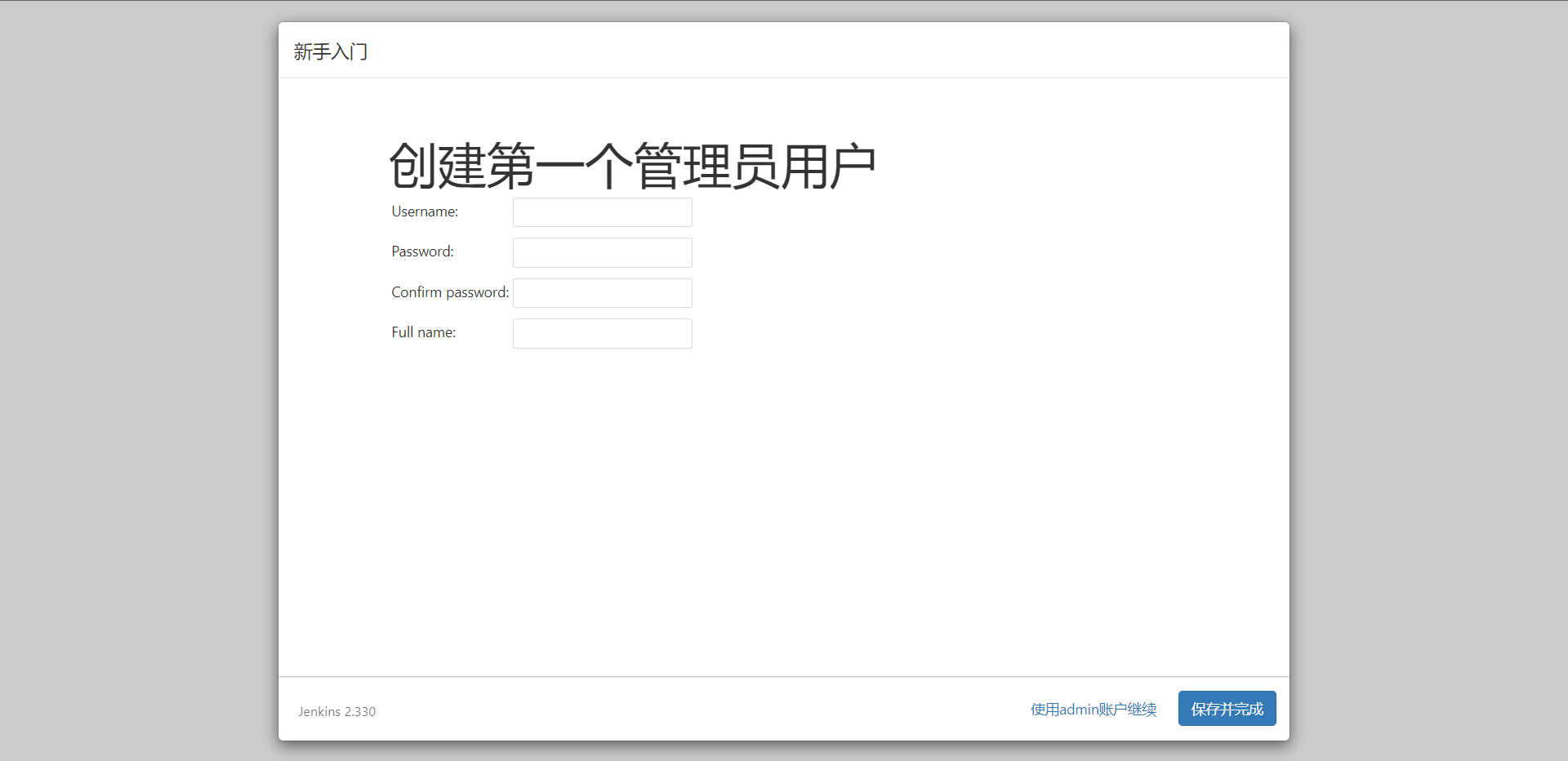
- #Install ldapsearch redhat linux install#
- #Install ldapsearch redhat linux software#
- #Install ldapsearch redhat linux password#
#Install ldapsearch redhat linux software#
RedHat ( ) provides RPMs of OpenLDAP Software for Redhat Linux. Ldapadd -Y EXTERNAL -H ldapi:// -f /usr/local/etc/openldap/schema/nis.OpenLDAP Faq-O-Matic : OpenLDAP Software FAQ : Are "packaged" releases of OpenLDAP Software available? : I’ve got the following ldap]# ldapadd -x -W -D “cn=gmullin,dc=lava,dc=com” -f newusers.ldifĪdding new entry “uid=hduser,ou=users,dc=lava,dc=com”Īdditional info: objectClass: value #1 invalid per ldap]# cat newusers.ldifĪfter a quick Google, I’m told I need to load my schema (how come yours is already loaded?), with something like the following: I’m getting very confused with setting this up. # ldapdelete -W -D "cn=ramesh,dc=tgs,dc=com" "uid=adam,ou=users,dc=tgs,dc=com"įirst of all thumbs on both this and the previous article! The following will delete user “adam” that we created earlier.

To delete an entry, you don’t need to create an ldif file. If you’ve made a mistake while adding an user or group, you can remove the entry using ldapdelete. # numEntries: 1 Delete an Entry from LDAP using ldapdelete UserPassword:: e1NTSEF9b0lPd3AzYTBmT2xQcHBPNDcrK0VHRndEUjdMV2hSZ2U= Here is a simple example to verify if the users exists in the LDAP database: # ldapsearch -x -W -D "cn=ramesh,dc=tgs,dc=com" -b "uid=adam,ou=users,dc=tgs,dc=com" "(objectclass=*)" Once you’ve added an user or group, you can use ldapsearch to verify it. Modifying entry "cn=dbagrp,ou=groups,dc=tgs,dc=com" Verify LDAP Entries # ldapmodify -x -W -D "cn=ramesh,dc=tgs,dc=com" -f file1.ldif This example will use the above LDIF file to add user adam to dbagrp. To add an user to an existing group, we’ll be using ldapmodify. Memberuid: adam Add an User to an existing Group using ldapmodify In this example, I am adding the user adam to the dbagrp (group id: 678) # cat file1.ldif To add an existing user to a group, we should still create an ldif file.įirst, create an ldif file. # ldapadd -x -W -D "cn=ramesh,dc=tgs,dc=com" -f group1.ldifĪdding new entry "cn=dbagrp,ou=groups,dc=tgs,dc=com" Create LDIF file for an existing Group Just like adding user, use ldapadd command to add the group from the group1.ldif file that we created above. GidNumber: 678 Add a LDAP Group using ldapadd To add a new group to the LDAP groups OU, you need to create a LDIF with the group information as shown in the example ldif file below. Similar to adding user, you’ll also need a ldif file to add a group.

i.e Distinguished name to authenticate in the server
#Install ldapsearch redhat linux password#
#Install ldapsearch redhat linux install#
If you are new to OpenLDAP, you should first install OpenLDAP on your system.


With this ldif file, you can use ldapadd command to import the entries into the directory as explained in this tutorial. The ldif file should contain definitions for all attributes that are required for the entries that you want to create. To add something to the LDAP directory, you need to first create a LDIF file.


 0 kommentar(er)
0 kommentar(er)
